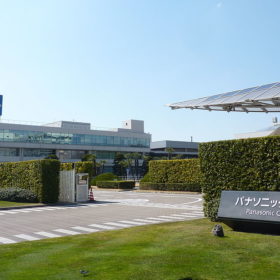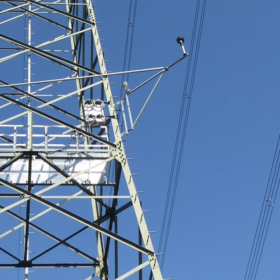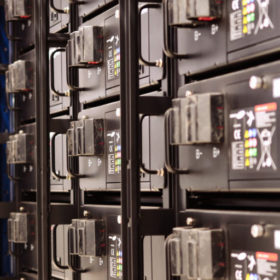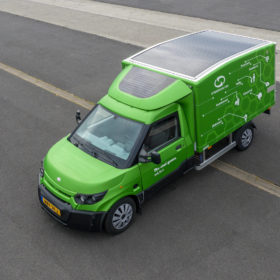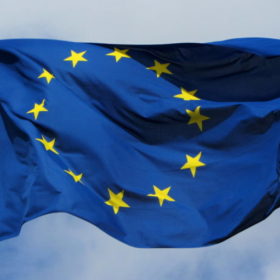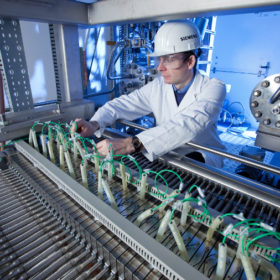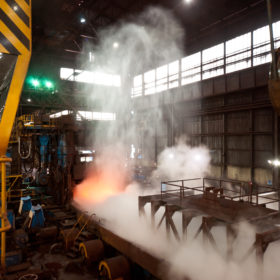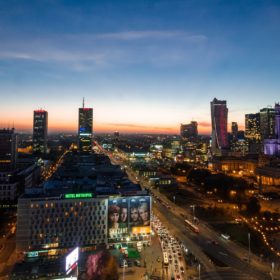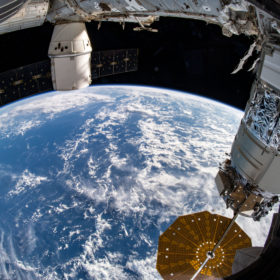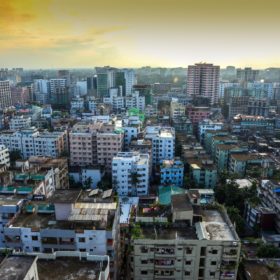Panasonic and Toyota launch EV battery business as solar lifts Kyocera and LG
Electronics corporations Panasonic, Kyocera and LG have filed results for the nine months to December 31. All three reported uplifts because of their solar activity and LG has said it will dive deeper into energy storage. Panasonic is deepening its commitment to automotive batteries through a new joint venture with Toyota.
Researchers have a weather eye on how adaptive grid management can raise transmission line capacity 20%
Germany’s Fraunhofer IEE uses weather data relevant for transmission line limits. Two new algorithms have been developed to identify local hotspots and better benefit from over-network use.
Innogy announces 60 MW storage project in Ireland
Several large utility-scale storage projects have already been developed under Ireland’s DS3 program. Innogy says that it now plans to look for more storage project possibilities in the country.
Delivery van sports solar roof in Amsterdam
A Dutch company has modified an electric delivery van to feature a solar roof for the supply of cooling and freezing equipment in its load area.
ERA-Net awards 23 future energy pilot projects across Europe
Under the umbrella of the European Union’s Horizon 2020 initiative, the research platform ERA has initiated a new batch of future energy projects. Looking at the list of winning projects, it is easy to tell that hydrogen, virtual power plant, and blockchain projects are really at the center of what Europe thinks will be important for its net-zero carbon plans by 2050.
Integrated energy system could see 110 GW of electrolyzers in Germany and Netherlands
A report from Dutch grid operator TenneT and gas business Gasunie suggests the companies should jointly develop infrastructure after 2030. With hydrogen and synthetic methane in demand, electricity and gas will become increasingly inter-linked. Only seamless integration of the two networks would enable the EU to achieve its net-zero-carbon 2050 plan.
Statkraft greens Polish steel with 10-year PPA
The Norwegian hydropower producer has tapped its extensive Polish power purchase agreement portfolio to offer a bankable supply agreement for one of the biggest power consumers in the country.
Solar claims all the capacity in Poland’s latest small scale renewables auction
The fourth auction held for systems with a generation capacity no larger than 1 MW saw solar secure 750 MW of projects to leave wind developers in the cold. Innogy took its first steps into Polish PV with 42 projects across three provinces.
Solar cells from space are on the way
A team at the U.S. National Renewable Energy Laboratory has come up with a new process that would reduce the production cost of highly expensive – and highly efficient – gallium arsenide cells.
IFC to help Bangladesh with public-private solar partnerships
The lender’s private sector arm will help formulate a tendering process to identify the best suited partners for the development of PV projects in Bangladesh.

